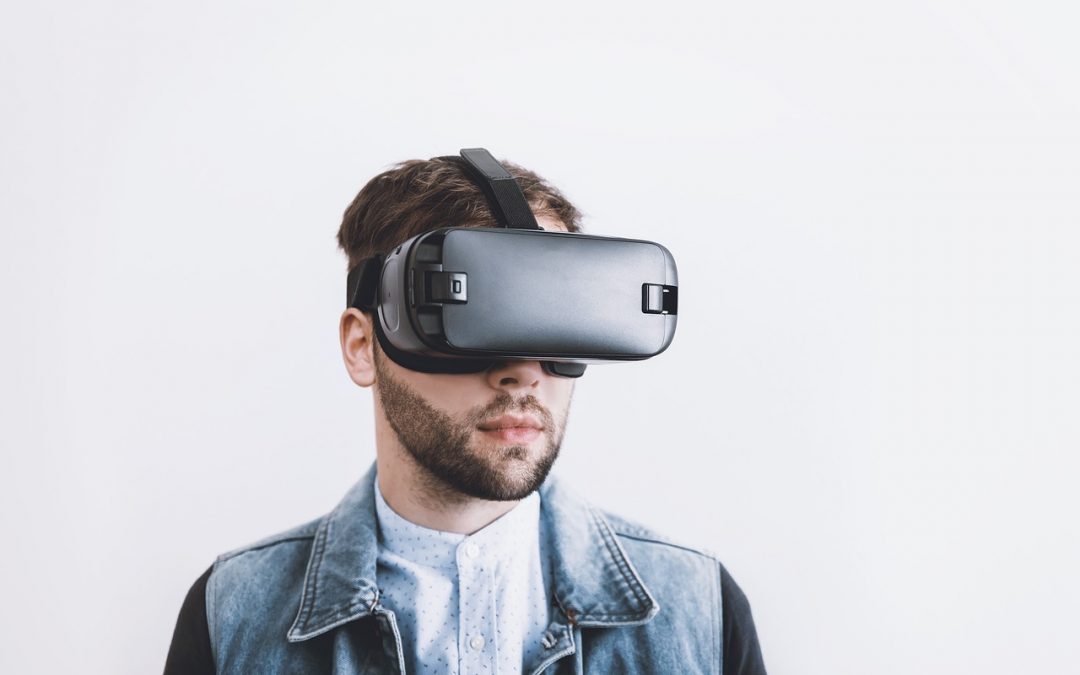
Using Virtual Reality in Active Threat Training
When it comes to active threat situations, three simple words represent the majority of people’s reactions: run, hide, or fight.
Unfortunately, many do not know how they will actually respond to danger until they are confronted with it in real life — and even then, they might not know the best response to the specific danger at hand. This is where virtual reality, or VR, presents an opportunity. By manufacturing an environment where danger can be simulated, people can be trained to respond correctly and smartly to a situation where their judgement may be otherwise clouded by stress. Naturally, VR training has plenty of applications outside of active threat situations as well, which we will cover below. But first, it is important to understand some of the fundamentals that go into VR training that make it so effective.
History of VR Training
If you have any familiarity with military training, you may have heard of the “OODA loop.” This term is an acronym for a tactic developed by military strategist and United States Air Force Colonel John Boyd; it stands for “observe, orient, decide, and act.” A person must go through all of these steps and prepare themselves to take an action in an emergency, even in spaces where they have familiarity. Unfortunately, it is extremely difficult to do this in stressful situations consistently without having thought about it and training.
The military recognized this, which is why they pioneered VR to better simulate wartime interactions. Beginning with flight simulators, they continued to increase their capabilities, and today, soldiers can train in fully simulated environments, testing out new strategies and determining their limits without putting themselves in any actual harm.
Of course, the average workplace will never reach the level of potential danger as a warzone. But training employees in virtual environments allows them to develop a framework with which they can react to future situations.
Benefits of VR Training
By utilizing VR training, people can be run through scenarios where they are confronted with mock danger, repeating the scenario if they make a wrong move. In doing this, people learn how best to respond in a similar real-life situation without risking their safety. The experience gives users a sort of “grab bag” of responses, increasing their ability to make clear-headed decisions while in the heat of the moment.
This sort of training is also useful outside of dangerous situations. Implementation of VR training systems can be beneficial in navigating stressful environments and mitigating their impact on employees. For example, VR can simulate busy shopping days where an employee may have to fill many orders at once. Going over how an employee responds in a situation like this can show both the employee and management how they may better approach issues like these in the future, including workplace and behavioral changes.
From a cost perspective, VR training is also cheaper, not only because digital simulations are easier to produce than physical simulations, but also because the results of VR training can mean cost savings as well; employees who are aware of their limits and who remain calm in stressful situations make for better workers.
How does it work?
Virtual reality training can take many forms. In some cases, training in a virtual environment can mean simply interacting with a video screen. In others, it can mean immersion in a full digital environment, such as those made possible by the use of a VR headset. The exact form of VR training one should undertake depends on their need, ability, and a range of other factors.
However, it is important to note that VR training does not work by itself. For this training to reach its peak effectiveness, it must be paired with additional hands-on training as well as lectures and other forms of learning. Mixing these various forms of learning allows people to be better prepared in all situations.
Conclusion
VR training is one of the best ways to prepare employees for dangerous, high stress, or otherwise harmful environments. But if this training is to work properly, it must be administered by those who are skilled in doing so. ProTect-All has been an early adopter in this field, giving them considerable experience with active threat training using video and VR platforms. After a consultation, ProTect-All can work with your business to develop a custom VR training program catered exactly to your needs and concerns. For more information, contact us today.
